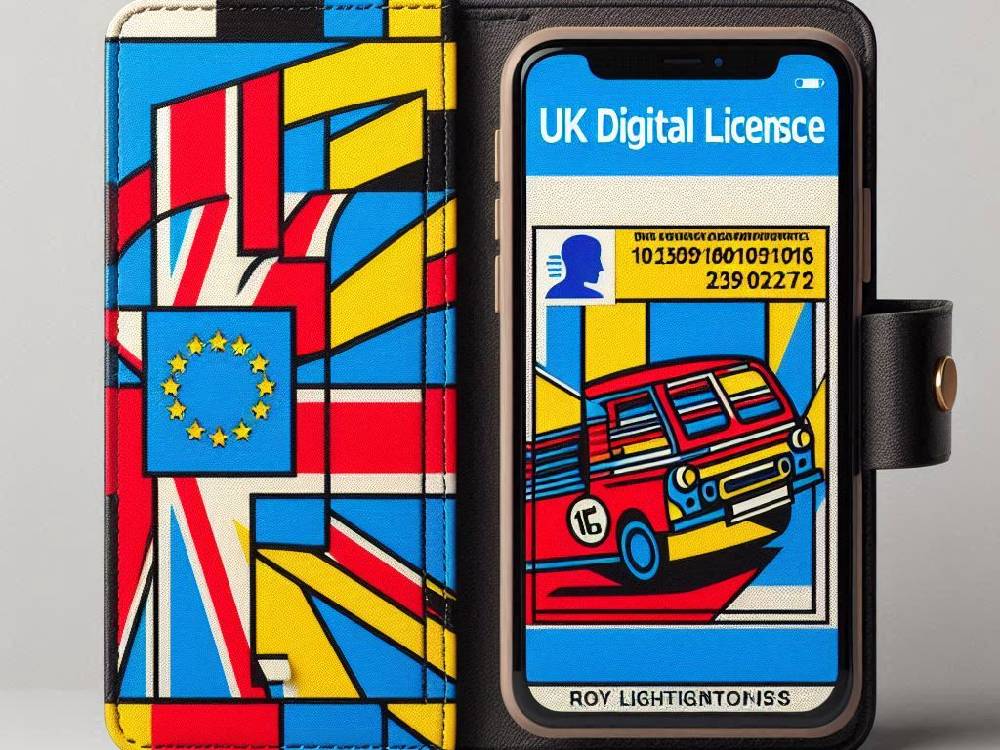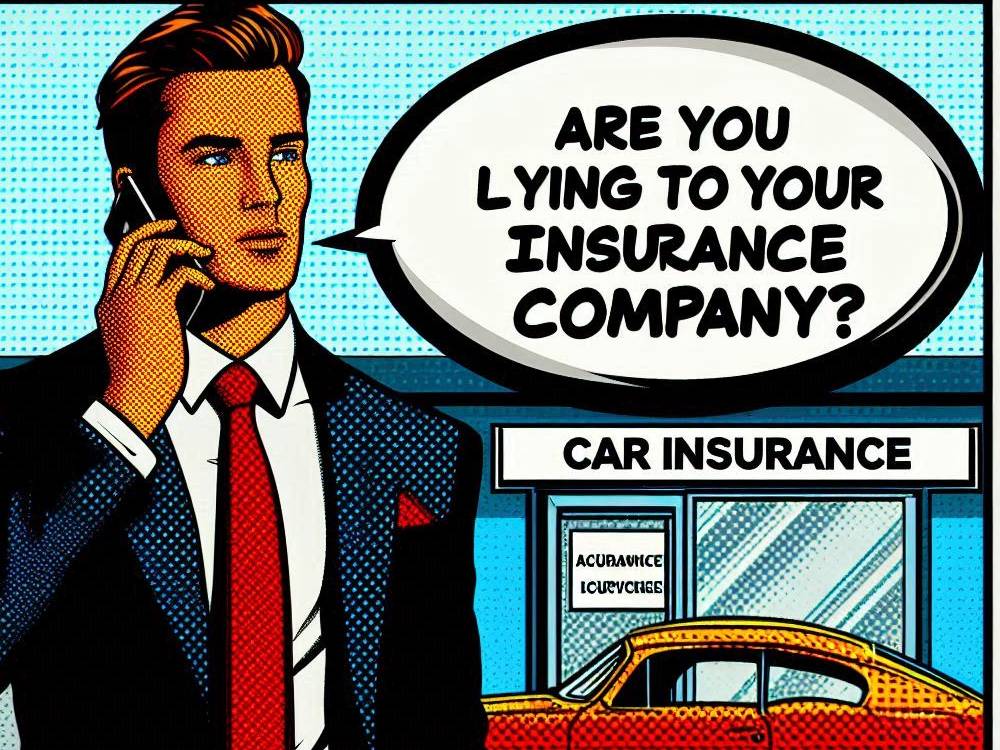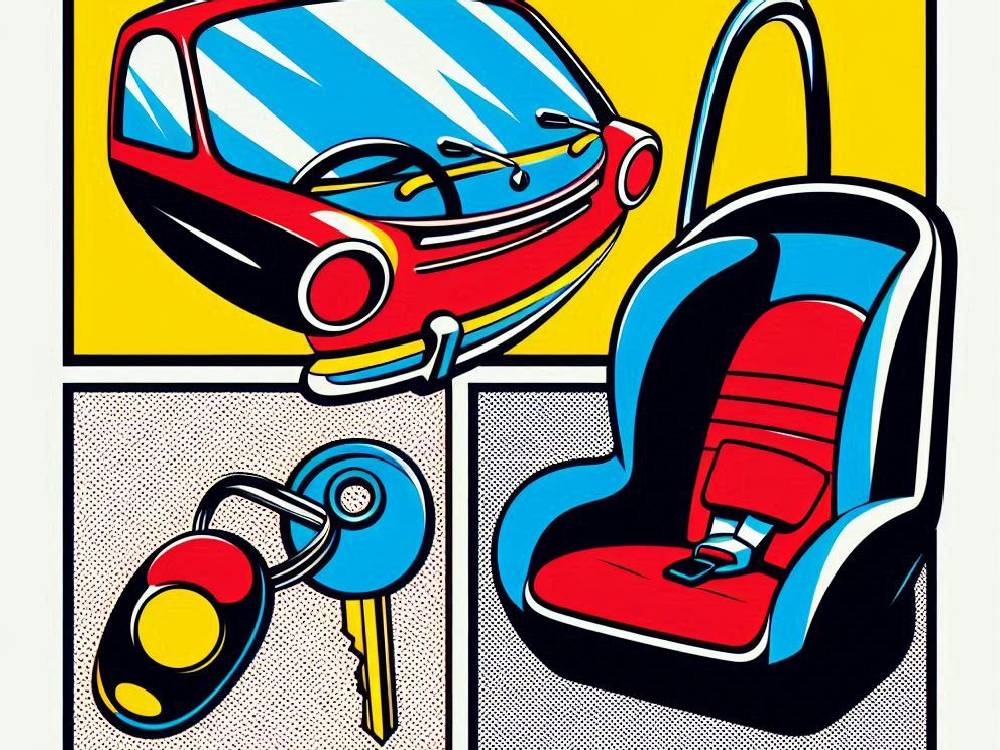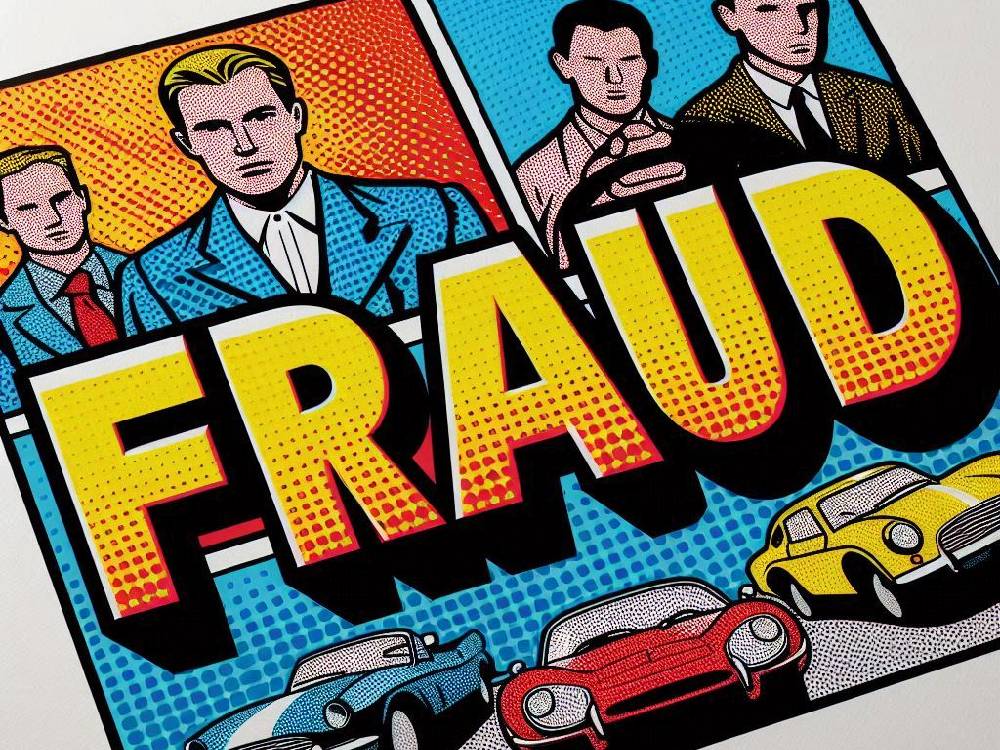Introduction
A seismic shift is coming to UK roads this summer. The digital licence.
The government is preparing to launch digital driving licences via a new GOV.UK Wallet app — a move that could impact up to 50 million British drivers.
And the ripple effects?
They’re heading straight into the world of car insurance.
Here’s what you need to know right now:
- GOV.UK Wallet will debut with digital licences later this year
- Provisional and full licence holders are affected
- Digital IDs may influence car insurance quotes and claims
- Security concerns and scams are a real risk
- Drivers must take action to avoid being caught off guard
The Big Shift To A Digital Licence
Digital Driving Licence: A First for the UK
The UK is finally joining the digital ID revolution.
This summer, the government will launch its new GOV.UK Wallet, beginning with digital veteran cards.
But the headline move?
A full rollout of digital driving licences — giving motorists the option to ditch their plastic cards and manage everything on their phone.
“Later in the year, we plan to begin rolling out a digital driving licence,” said a Department for Science, Innovation and Technology spokesperson.
Eventually, your phone will hold the same power as your wallet — at least where your licence is concerned.
Will Plastic Licences Disappear?
Not right away.
The DVLA has confirmed that plastic photo cards will remain valid, even after the digital version launches.
That said…
The pressure to switch will grow.
Especially as insurers, traffic enforcement, and even car hire companies begin to prefer the quicker verification process a digital licence provides.
So while you won’t be forced to switch…
You may want to.
How This Impacts 50 Million Brits
UK drivers – The numbers are staggering.
Roughly 50 million people across the UK currently hold either a provisional or full licence.
And every one of them will be able to download and activate the GOV.UK Wallet — turning their smartphone into a legally valid ID.
For many, that means more convenience.
But for others?
It raises serious concerns about access, privacy, and what happens if your phone dies during a roadside check.
What You’ll Be Able To Do With The App
The digital licence isn’t just a copy of your physical card.
It’s a gateway to your entire driving record.
Inside the app, you’ll see:
- Your licence categories
- Penalty points and endorsements
- Renewal dates
- Personal details and vehicle entitlements
That information could be gold for insurers.
Which brings us to the next point…
What Does The Digital Licence Mean For Car Insurance?
The car insurance industry thrives on data.
And digital licences hand insurers something they’ve never had before — instant access to live driving records.
With your permission, insurers may soon verify your licence status, penalty points, or expired renewals in real-time.
That could change everything.
For example, if you’re a young driver, this could lead to faster approvals and smarter pricing.
And if you’re looking for cheap car insurance options, having everything verified digitally might reduce admin errors — and your quote.
Digital Licence: The Pros, The Cons, And The What-Ifs
What Drivers Like..
Let’s face it…
We’ve all forgotten our wallets at some point.
Now, with this new system, you may never need your physical licence again.
The GOV.UK Wallet promises instant access, quicker updates, and no more panic-searching through gloveboxes.
Even better?
You’ll always have your ID on hand — ready for police checks, insurance renewals, or last-minute car hire.
As a result, drivers could benefit from smoother admin processes, especially when applying for very cheap car insurance.
What Critics Say About The Digital Licence
Still, not everyone’s cheering.
According to recent surveys, around 47% of Brits remain sceptical about the digital shift.
Among the top concerns are:
- Data privacy
- Cybersecurity
- The risk of excluding older or non-digital users
For this reason, many argue the government must ensure equal access.
Otherwise, despite the benefits, this rollout could unintentionally alienate millions.
How To Stay Safe
You know what they say…
If it feels too easy, it might be a trap.
Unfortunately, as this tech rolls out, scammers are likely to follow.
To stay safe, take these precautions:
- Only download the GOV.UK Wallet from official stores
- Avoid clicking links in unsolicited messages
- Verify credentials and branding before submitting personal info
This advice matters now more than ever — especially with fake documents and temporary car insurance scams already on the rise.
Ultimately, digital progress is great.
But without caution, it could become a gateway to identity fraud.
What You Should Do Now
Get Prepared Before the Summer Rollout
The rollout is coming — whether you’re ready or not.
To get ahead, check your licence status today on the DVLA site.
Then, download the GOV.UK Wallet once available, and register early.
That way, you’ll avoid delays, especially if insurers or police begin favouring digital IDs.
Moreover, if you plan to switch your car insurance this year, having your verified digital licence could speed things up.
Implications For New And Young Drivers
For young and newly qualified drivers, this shift could be a game-changer.
Previously, licence checks were a hassle, often delaying policy approvals.
Now, with the GOV.UK Wallet, insurers may be able to access your driving status instantly.
This means faster applications, fewer errors, and improved eligibility for the cheapest new driver cover.
In short, the digital licence may give young drivers a digital edge.
Conclusion
So, what does all this mean?
The digital driving licence isn’t just another government app — it’s a shift in how UK drivers live, move, and insure their cars.
Not only will it modernise access and identity verification, but it will likely change how car insurance works behind the scenes.
“Car insurance is no longer just about your car — it’s about your data, too.”
Of course, the rollout brings challenges.
Security, access, and digital literacy must all be addressed.
Even so, the opportunity is enormous — for both drivers and insurers.
Therefore, don’t wait.
Update your records. Stay alert. And get ready — your car insurance journey might soon begin with your smartphone.
More Resources For Smart Drivers
Want to stay ahead of the curve?
Check out these essential reads from our blog:














